3D 프린팅








전문 3D 프린팅 시스템 시장에서 세 가지 유형의 솔루션을 찾을 수 있습니다.
이러한 솔루션의 가장 대표적인 사례 중 하나가 Formlabs입니다. 통합 솔루션 제조업체는 일반적으로 후처리 장비, 소프트웨어 및 재료뿐만 아니라 3D 프린팅 시스템을 포괄하는 제품을 제공합니다.
이 유형의 시스템의 주요 장점은 모든 제품이 함께 작동하도록 개발되었다는 것입니다. 즉, 인쇄 매개변수를 미세 조정하고 최적화할 필요가 없습니다. 또한 사용 가능한 모든 자료가 호환되도록 합니다.
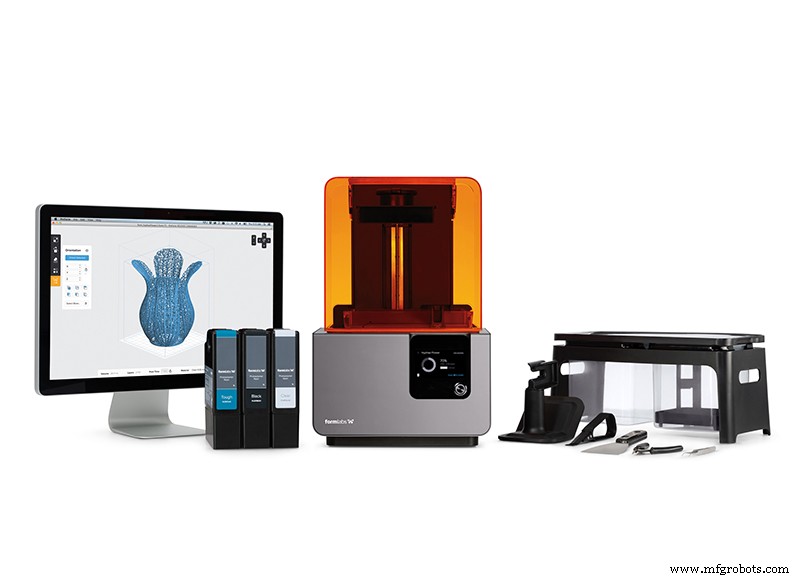
결과적으로 이러한 시스템은 매우 안정적이고 재현 가능합니다. 결과적으로 성능이 크게 향상됩니다. 또 다른 중요한 기능은 많은 구성 매개변수와 수정 가능한 값이 일반적으로 최소로 줄고 제조업체의 재료 유형 선택과 몇 가지 기본 매개변수만 필요합니다. 이렇게 하면사용이 훨씬 간편해지고 사용자에게 많은 기술 지식이 필요하지 않습니다.
그러나 모든 이점이 있는 것은 아닙니다. 이러한 유형의 시스템에는 고려해야 할 두 가지 제한 사항이 있습니다. 한편으로는 일반적으로 재료 및 소모품 비용이 상당히 높습니다. 반면 사용자는 제조업체의 제품만 사용하도록 제한됩니다.
오픈 솔루션은 오픈 소스 하드웨어나 소프트웨어를 의미하지 않습니다. 이는 표준화된 미디어 형식 및 범용 인쇄 파일을 지원하는 장비를 제공하는 제조업체를 나타냅니다. This category includes all printers that support universal CNC programming languages such as .gcode and materials from any manufacturer, regardless of whether the equipment is open source or proprietary.
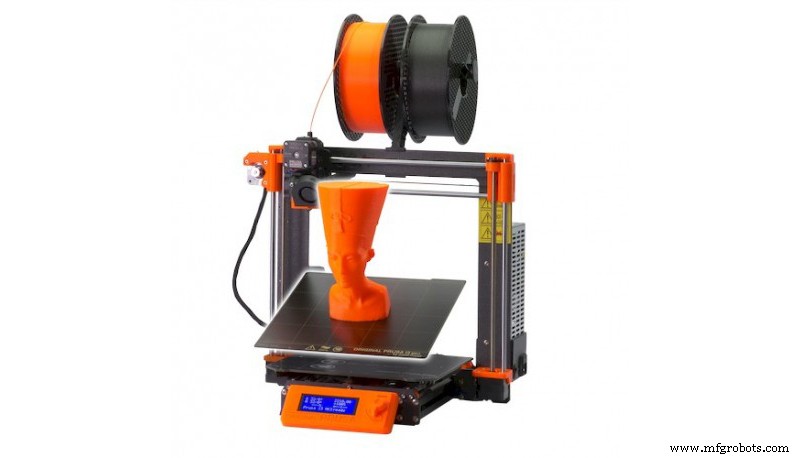
This does not imply that the manufacturers themselves cannot also offer materials and software, which they usually do, but they do not restrict the use of their equipment to these.
The main advantage of this type of solutions is their high compatibility and the fact that they have the widest range of materials, limited only by the technical characteristics of the equipment itself. Moreover, in the case of using equipment from different manufacturers, it is possible to centralise everything in the same software without the need to use a specific one for each piece of equipment.
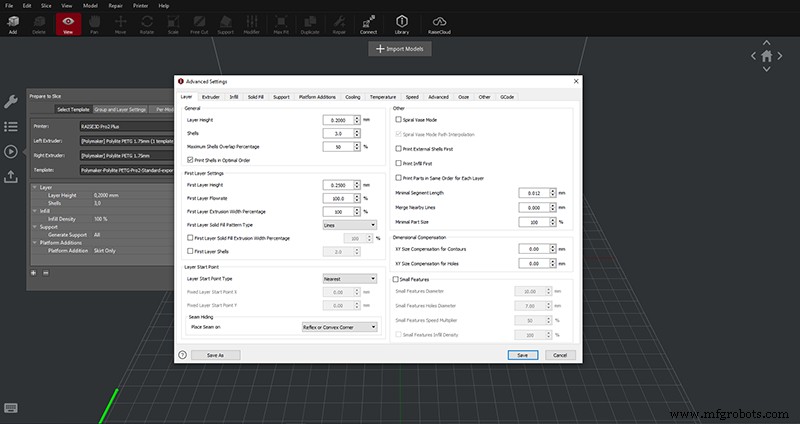
The main disadvantage is that the printing profiles generally need to be fine-tuned and optimised for each material, which is time-consuming and expensive. In addition, a change of material supplier or even a reformulation of a material from the same supplier implies a new optimisation of profiles. This means that achieving the same reliability and reproducibility that integrated solutions provide requires continuous work and a thorough knowledge of materials and suppliers.
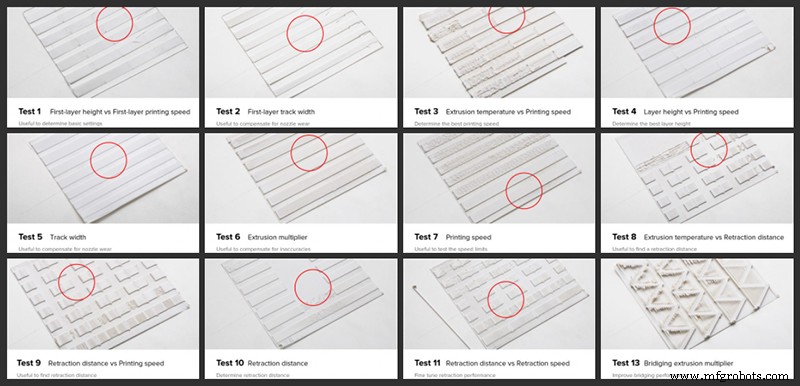
Some companies offering such solutions are Prusa, Raise3D or UNIZ.
This is an intermediate option to the previous ones. They consist of integrated or closed solutions, with proprietary programming languages, but which also allow the use of third-party materials . Due to the use of proprietary languages it is necessary to stick to the software provided by the manufacturer.
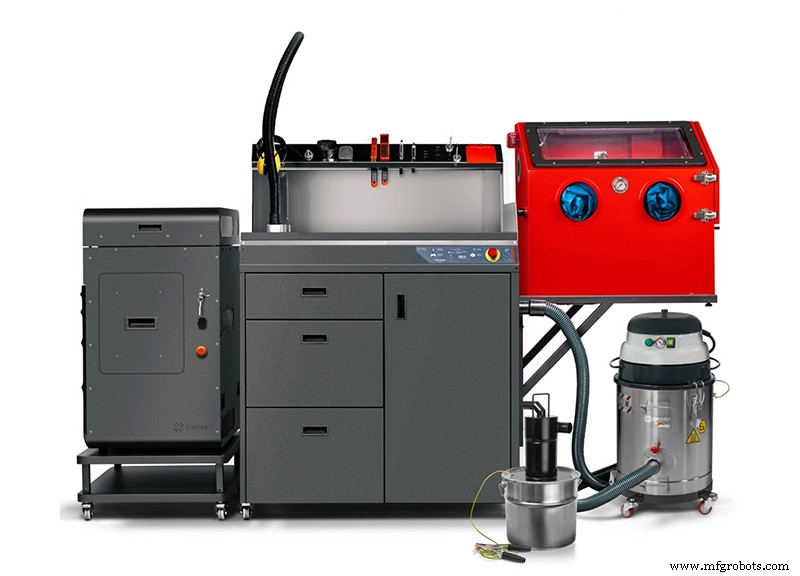
They have all the advantages of closed solutions but fewer drawbacks. Without having the wide compatibility of materials available in open solutions, they open up the possibility of using a wide range of materials from other manufacturers.
The trade-offs of this type of solution are minimal, with its main disadvantage being that the software generally has fewer configuration options, which can make it difficult to achieve good optimisation of other manufacturers' materials.
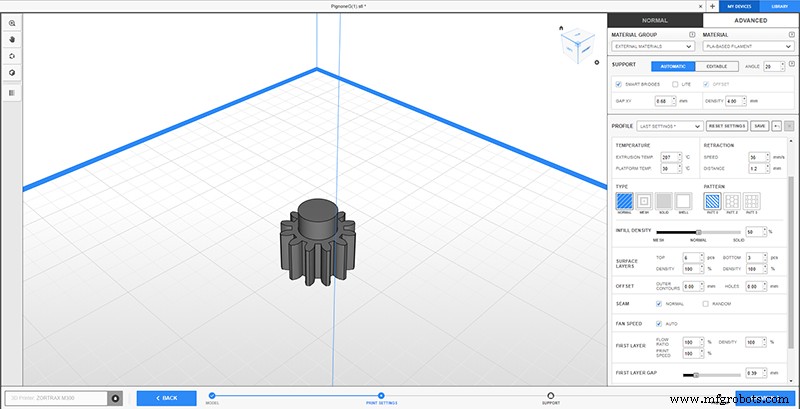
Representative examples of such solutions are Zortrax or Sinterit. Both offer a wide range of perfectly optimised materials, but also allow the use of materials from other manufacturers.
There are high quality solutions in all three groups and it would be wrong to consider one as better than the other. In order to select one or the other, the specific needs of each user must be analysed.
Users who are not specialised in additive manufacturing and are looking for a simple and efficient system will find integrated solutions and integrated solutions with a choice of external materials the best option. The implementation of this type of system is immediate and does not require in-depth technical knowledge . Although the costs of this type of solution may at first glance seem much higher than open solutions, in the long run the savings in optimisation time and material costs can compensate for this.
In the case of specialised users, with knowledge of additive manufacturing and materials, who require the use of very specific or experimental materials, they will find the above solutions to have significant limitations. This is why open solutions are a more versatile option despite the ongoing optimisation and fine-tuning tasks.
3D 프린팅
3D 프린터(FFF/FDM) 사용 시 사용자가 필요로 하는 모델을 출력할 때 문제 및 예기치 않은 이벤트(특히 비전문 3D 프린터에서)가 나타날 수 있습니다. 이로 인해 3D 프린터 사용자가 원하지 않는 불편, 지연 및 기타 불편이 발생합니다. 그런 다음 이 도움말에서는 이러한 일반적인 문제를 해결하는 방법에 대한 일련의 조언을 제공합니다. 인쇄 초기 필라멘트 부재 출력 시작 시 필라멘트가 나오지 않는 경우가 있습니다. 다음이 원인일 수 있습니다. 노즐에 매우 가까운 베이스 높이 이것은 베이스의 수평을 맞추면 해결됩니다. 압출
FDM 3D 프린팅 공정에서 가장 중요한 부분 중 하나는 제조 기반에 대한 접착력입니다. 이 접착력은 인쇄 공정 시작, 첫 번째 레이어 및 인쇄 공정 중에 뒤틀림을 방지하기 위해 충분해야 하지만 인쇄 공정이 끝나면 부품을 쉽게 제거할 수 있어야 합니다. 사용하는 3D 프린터의 재질과 특성에 따라 베이스 접착이 잘 안될 수 있습니다 이를 통해 원하는 부분을 인쇄할 수 있습니다. 사용할 수 있는 다양한 접착 제품이 있지만 가장 일반적인 제품은 스프레이 접착제, 기화기 또는 액체 접착제입니다. 스프레이 접착제는 때때로 팬 및 기타